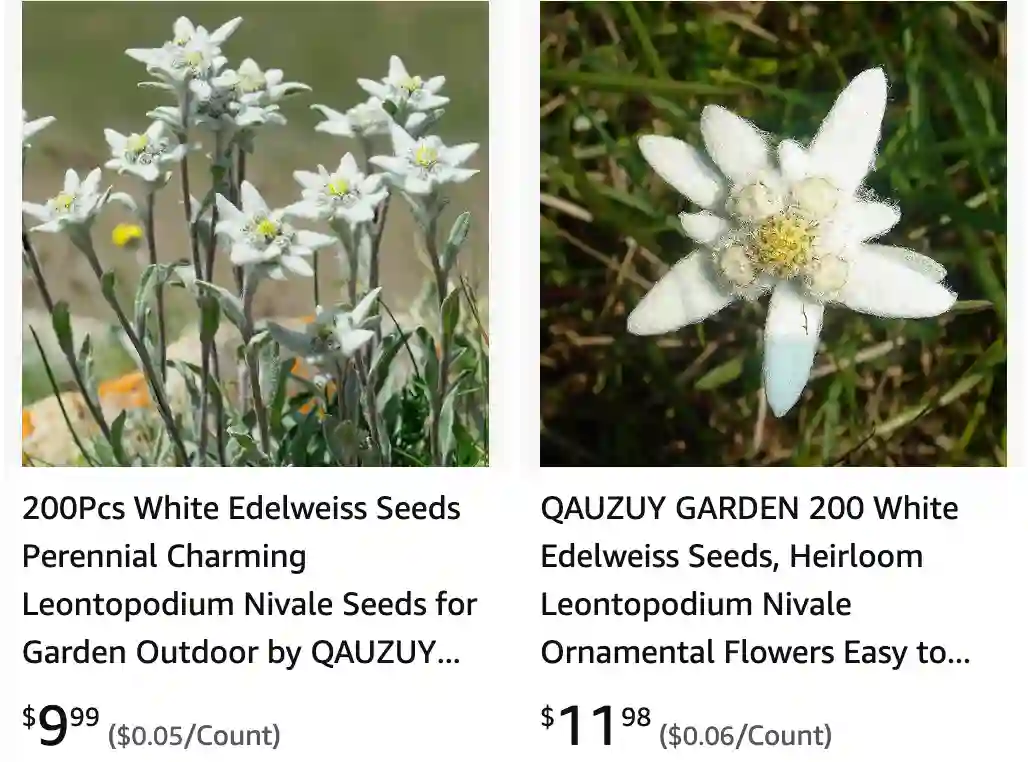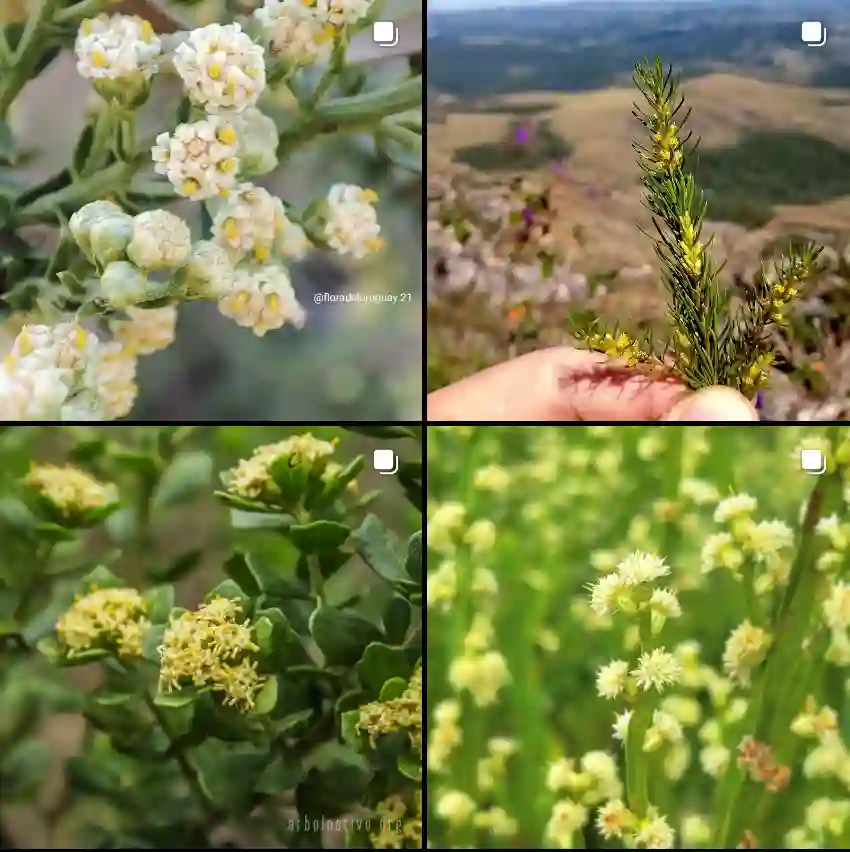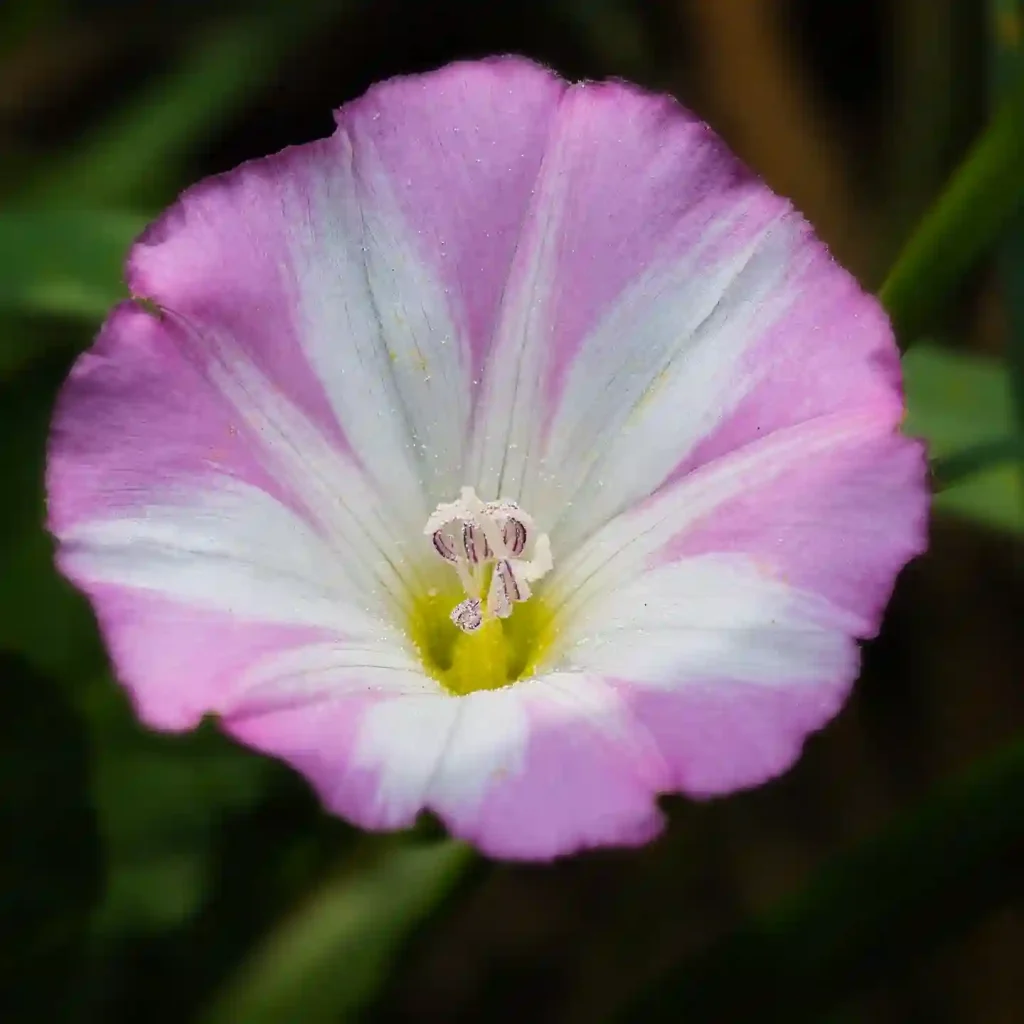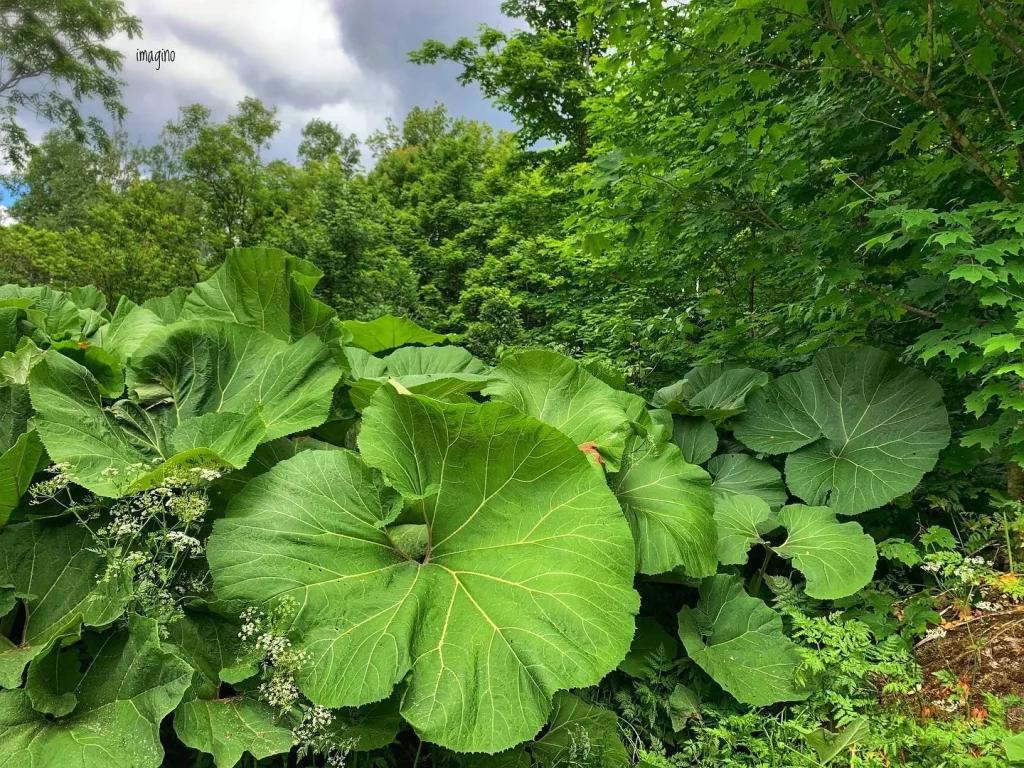
Leontopodium nivale: Unveiling the Secrets of the Edelweiss
Have you ever dreamt of scaling a majestic mountain and encountering a flower symbolizing purity and courage? Look no further than the Leontopodium nivale, better known as the edelweiss. This captivating bloom has captured hearts for centuries, gracing mountain slopes and sparking curiosity.
In this article, I, Ferb Vu, will be your guide, delving into the fascinating world of the edelweiss. We’ll explore its characteristics, uncover its care requirements, and even discuss propagation methods. So, whether you’re a seasoned botanist or simply captivated by this alpine beauty, get ready to embark on a floral adventure.
What is Leontopodium nivale?
The Leontopodium nivale, also known as the edelweiss (German for “noble white”), is a captivating mountain flower belonging to the Asteraceae family, which also includes daisies and sunflowers. Found at high altitudes (between 1,800 and 3,400 meters), it thrives in rocky, limestone environments, adding a touch of elegance to harsh mountain landscapes.
What makes the edelweiss so special?
The edelweiss’s charm lies in its unique appearance. What appears to be a single white flower is actually a cluster of tiny yellow disc florets surrounded by star-shaped, silvery-white bracts. These bracts, resembling a lion’s paw (hence the genus name Leontopodium, meaning “lion’s foot”), are the true stars of the show, giving the edelweiss its signature fuzzy texture and pearly white color.
Beyond its beauty: Symbolism and folklore
The edelweiss transcends its physical appeal, holding a special place in European folklore and symbolism. Often associated with purity, courage, and love, it’s a cherished emblem of the Austrian Alps, even gracing their national coins. Legends abound, depicting daring young men scaling treacherous peaks to retrieve an edelweiss for their sweethearts.
Can I grow edelweiss at home?
While the edelweiss thrives in cool, high-altitude conditions, cultivating it at home can be challenging. However, with proper care and a commitment to mimicking its natural environment, success is possible. Here are some key points to consider:
- Climate: Edelweiss prefers cool temperatures (ideally below 20°C) and good air circulation. If you live in a hot climate, consider container gardening and placing them in a shaded location during the hottest part of the day.
- Soil: Well-drained, slightly alkaline soil is ideal. A mixture of sand, gravel, and potting compost can work well.
- Watering: Water moderately, allowing the soil to dry slightly between waterings. Avoid overwatering, which can lead to root rot.
- Light: Edelweiss needs plenty of sunlight, but harsh afternoon sun can be detrimental. Opt for filtered sunlight or morning sun.
- Winter protection: In colder climates, protect your edelweiss from harsh winter conditions by covering them with mulch.
Propagating the edelweiss: A labor of love
Propagating the edelweiss can be a rewarding experience, but it requires patience and attention to detail. Here are two methods you can try:
- Seed propagation: This method takes longer but offers a sense of accomplishment. Sow seeds in late fall or early spring in a cool, well-drained seed tray. Germination can be slow, so be patient.
- Division: If you have an existing edelweiss plant, carefully divide it in spring when new growth emerges. Ensure each division has healthy roots and leaves.
Edelweiss companions: A symphony in the mountains
If you’re successful in cultivating edelweiss, consider planting them alongside other alpine plants that thrive in similar conditions. Here are some potential companions:
- Pasque flower (Pulsatilla vulgaris): These early bloomers add a pop of color in spring with their vibrant purple flowers.
- Mountain avens (Dryas octopetala): These low-growing plants boast white flowers and silvery foliage, creating a harmonious aesthetic with the edelweiss.
- Saxifrage (Saxifraga spp.): These tough perennials come in a variety of colors and textures, adding diversity to your alpine garden.
By following these tips and providing the right environment, you can cultivate your own piece of the alpine world and witness the captivating beauty of the Leontopodium nivale unfold in your own backyard. Remember, patience and dedication are key to success, but the reward of nurturing this symbolic flower is truly special.
If i die, water my plants!



